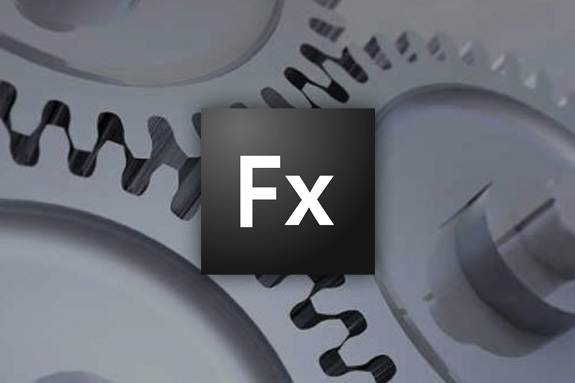How to do Test Automation of Flex Applications With Custom Components?

Audio : Listen to This Blog.

Test automation tools have made their presence felt in the field of software development in facilitating the execution of several testing processes that would otherwise call for a considerable amount of manual effort and resources. Ranging from rudimentary data driven testing to the complex end to end testing process these products have come to make the lives of both the developers and testers easier by a great deal. Despite such developments, with increasing competition and the advent of several establishments offering such automated testing products, clients face difficulties in choosing the optimal product and in using all its features to its fullest. Moreover, such developments have given rise to multitudes of features and plugins being added to these tools.
Many such features have proven to be infamous in their necessitating a technical prerequisite for the users in being able to execute them with ease. Of these, the flex components that have been around for quite a while in different automation tools still prove to be a bit problematic in a selected few and quite simple in some. However, the latter instance holds good only in cases where the personnel involved are those who possess a considerable amount of technical insight and the steps involved in the process.
Testing Flash components using flex plugins has always proven to be a sticky wicket where technical assistance is required for clients to be able to get through the automation process. This is a result of the fact that the automated testing process of a flex application requires data about the flex application properties the likes of SWF URL and flash variables which most users tend to oversee.
Manual execution of flex Testing
Including the SWF URLs and the flex variables in the manual process is generally carried out by fetching them from the webpage that contains the Flex application. They are present in the object tag in the HTML page. The SWF URL is generally obtained from the Attribute present in Parameter subtag of the object tag. The flash variables are generally fetched from the “flashvars” attribute of parameter sub tag of the object tag. This however, applies only to instances where there are flash variables present in the web page being tested. It is this data that is most crucial in ensuring proper flex automation, immaterial of the tools used.
Flex testing using test automation suites
There are several suites like MTAS that are designed to automate the process obtaining the flash and SWF variables that are necessary for the flex testing process. In most tools, the input process of the SWF URL and the flash variables is carried out by means of a plugin. The recording features offered by the different tools designed to automate said process caters to fetching the SWF URL and the flash variables, thereby automating the process.
The MTAS edge – Automation in its true sense
Reliability and robustness, apart from compatibility and usability, play a great role in establishing such automation tools amongst customers. In processes the likes of flex automation, compatibility takes a hit in several tools where the process requires clients to modify their flex components in a manner that suits the tools being used. This being a process that requires the inclusion of additional libraries and changes in configuration, steps that drag the definition of automation, has proven to be quite a considerable drawback for several tools in the market. However, features like the flex loader that has been incorporated into tools like MTAS renders moot any such concerns of altering the source code in order to enable the automation of the testing process.
